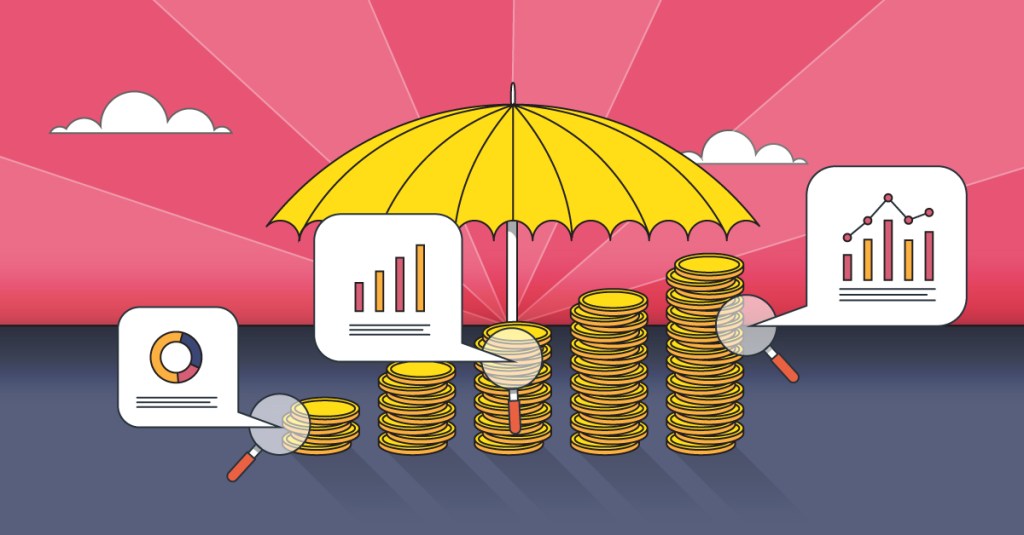
Machine learning (ML) is becoming increasingly important as more people use online search engines, recommendation algorithms, and other software that relies on artificial intelligence (AI). Different machine learning algorithms have different benefits and uses, and data science professionals can help organizations decide which technique to use. To learn more about the different types of machine learning algorithms, check out the infographic below, created by Maryville University’s online Master of Science in Data Science program. Machine learning (ML) is becoming increasingly important as more people use online search engines, recommendation algorithms, and other software that relies on artificial intelligence (AI). Different machine learning […]










